
What's the difference between rotating and sonic brushing?
Comparison between rotating and sonic toothbrushes
| Rotating toothbrushes | Sonic toothbrushes | |
|---|---|---|
| Shape brush attachment | Round brush head | Elongated brush head, looks like a manual toothbrush |
| Brush motion | Rotating brushing motions, often vibrating at the same time | Vibrating brushing motion, back and forth |
| Replacement brush attachment indicator | Color bristles fade | Light signal via handle |
| Brands | Oral-B | Philips |
Shape of the brush head
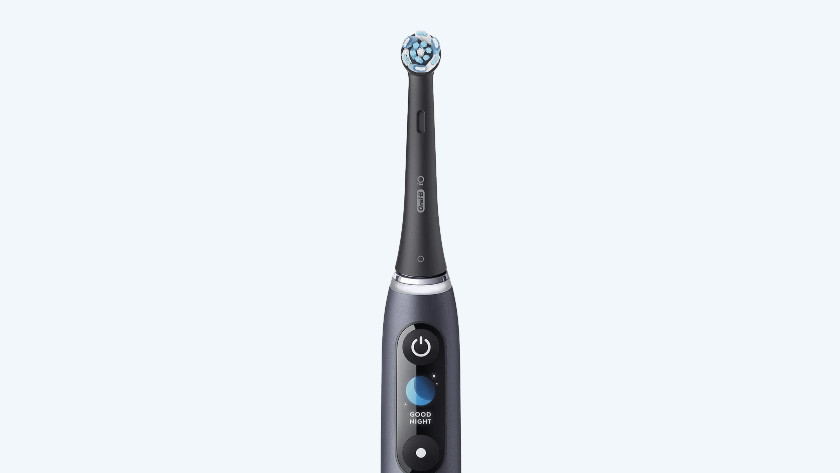
Rotating: small, round head
Rotating toothbrushes have a small, round brush head. The advantage of this shape and size is that you can easily reach difficult-to-reach places in your mouth, like the back of your teeth. In addition, the convenient thing about round brush heads is that they completely encircle each tooth. Thanks to this, the bristles come all the way up to the edge of your gums, so you can clean your teeth thoroughly.
- Easily reaches difficult-to-reach areas in your mouth thanks to the small size.
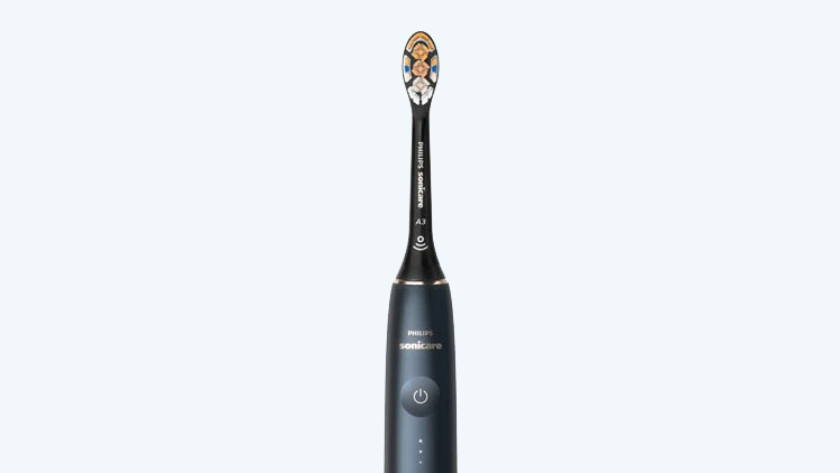
Sonic: elongated brush head
Sonic toothbrushes have an oval, elongated brush head. This shapes looks like the shape of a manual toothbrush. It's easy to switch from brushing manually to brushing electrically with a sonic toothbrush, because you won't have to get used to the shape of the brush head. Thanks to the large surface of the brush, you can easily clean a large part of a tooth in one go.
- Similar to a manual toothbrush in terms of shape, which makes it easy to switch to brushing electrically.
Brush motion
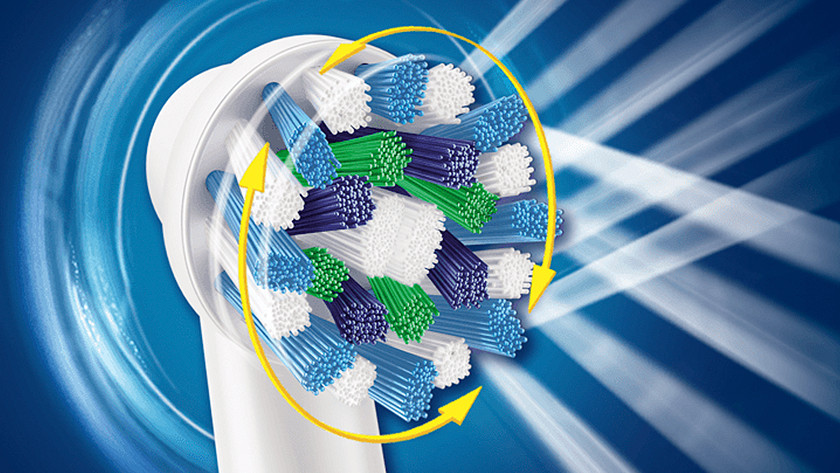
Rotating: rotating brush head
The power of rotating brush heads is in the combination of a high rotational speed and quick vibrations. The bristles don't just remove the plaque from the teeth, they're also pressed against the teeth. These vibrating motions loosen the plaque from the surface of the teeth, after which it's brushed away by the rotating bristles.

Sonic: vibrating brush head
Sonic technology is similar to the motion you make with a manual toothbrush. The difference with a sonic toothbrush is that this one makes a thousand times more brushing motions in 1 brushing session. The bristles vibrate at such a high speed, that you can remove sticky dental plaque deep down to the gum line. In addition, the vibrations generate micro-bubbles of water that clean even between your teeth and make your mouth feel uniquely fresh.
User-friendliness
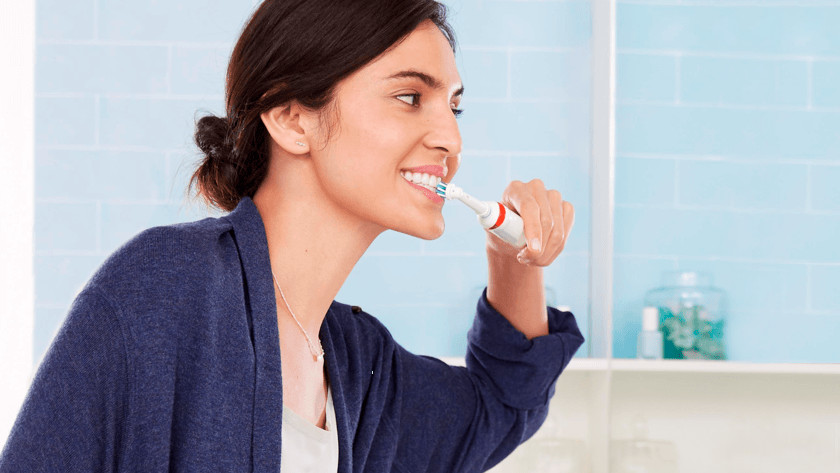
Rotating: brush each tooth individually
A rotating toothbrush works best if you brush each tooth individually. The round shape of the brush head comes out best if you actually encircle every tooth. This requires a different way of brushing than you're used to with a manual toothbrush. That's because you'll have to press the brush head onto each tooth. So, this technique may test your patience a little.
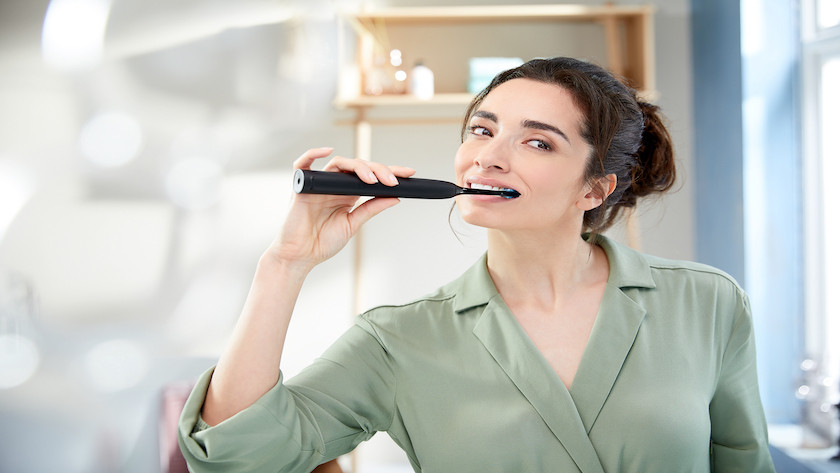
Sonic: scrubbing motions and Easy-Start function
You'll move the sonic toothbrush back and forth on your teeth while brushing. Thanks to the oval shape of the brush head, the tooth will be covered completely. You can move the brush head through each zone of your mouth and the vibrating bristles will do the rest. This technique is very similar to that of a manual toothbrush. If the Philips Sonicare toothbrush is the first sonic toothbrush you use, you'll slowly adjust to the vibrations with the Easy-Start function. This function increases the intensity during the first 14 brushing times.
Conclusion
With both brushing techniques, you'll remove more plaque than with a manual toothbrush. The one brushing technique isn't better than the other. It mainly depends on your own preference, whether you prefer a sonic or rotating toothbrush and which one suits you best. Do you like the elongated brush head and scrubbing motions of your manual toothbrush? We recommend sonic brushing. Do you want it to be easy to reach the teeth in the far back and thoroughly brush each tooth individually? Rotation brushing is the best choice.


